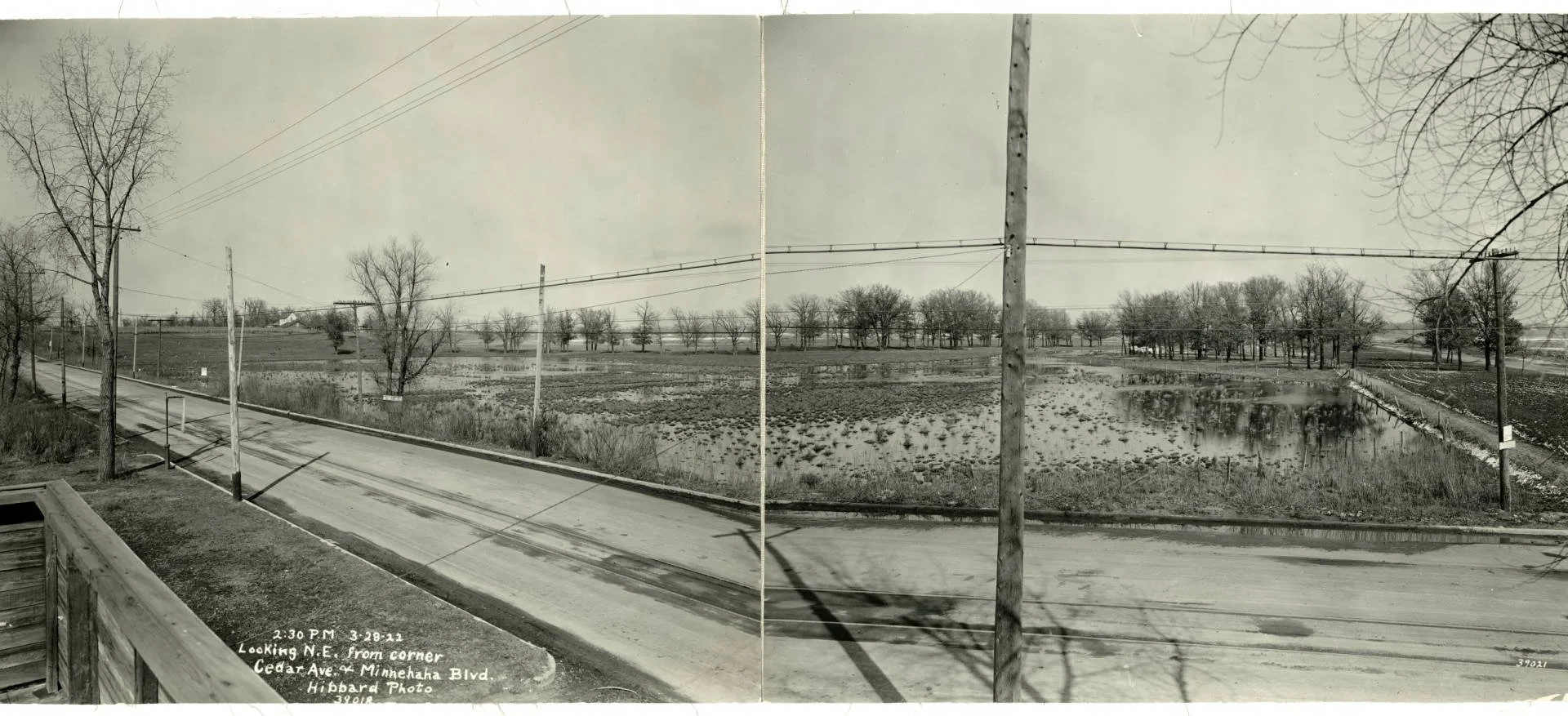
THE LAKE
Scroll down to learn about Lake Hiawatha Bde Psin and why we are so passionate about the work we do.
Lake Hiawatha, located in the heart of Minneapolis, holds deep historical and spiritual significance for the Dakota people. For centuries, the Dakota have maintained a close connection to this space. However, as colonization and urbanization came with the wheels of history, this relationship with the lake was abruptly disrupted. Friends of Lake Hiawatha aims to preserve the historical and cultural importance of Lake Hiawatha to the Dakota, focusing on the lake's role as a sacred site and examining modern efforts to reclaim Indigenous spaces.
EDUCATIONAL VIDEO
This video is intended as an educational piece to inform the community about issues facing Lake Hiawatha and the eight year-old debate around Hiawatha Golf Course. Photo credits to FOLH, MNHS, MPRB and Sean Connaughty. Video created and edited by Nicole Cavender and David Dietz.
LAKE HIAWATHA HISTORY
Lake Hiawatha was known prior to 1929 as Rice Lake. This area, including Lake Hiawatha and the Chain of Lakes as well as the nearby confluence of the Mississippi and Minnesota Rivers (Bdote), is the home of and remains the spiritual center for the Dakota peoples. After the US Dakota War, they were forcibly removed from this land and 1,658 Dakota women and children were placed in a concentration camp at nearby Fort Snelling where they faced starvation and death. 302 Dakota men were slated for execution by the US government. 38 men were ultimately hanged at Mankato, MN in 1862 in the largest mass execution in American History. Additionally 2 Dakota Men were executed at Fort Snelling. (Šákpe and Wakháŋ Ožáŋžaŋ) The surviving Dakota people were removed to reservations in North Dakota, South Dakota, Nebraska, Montana, Manitoba and Saskatchewan.
In 1929 the Minneapolis Park and Recreation Board purchased the land and the name Rice Lake was changed to Lake Hiawatha. Minnehaha Creek was straightened on the property, the Lake was dredged, and the spoils of the dredging were placed upon the adjoining wetland complex. Hiawatha Golf Course was created on the western side of the Lake on this former wetland. The shore of Lake Hiawatha was reconfigured and a stone and concrete wall was constructed along the shoreline. Some of this work was done by the WPA. In 1935 the north pipe or 43rd street pipe was constructed by the City of Minneapolis, redirecting stormwater runoff from 920 acres of South Minneapolis and emptying it directly into Lake Hiawatha without filtration. The portion of the north pipe south of 43rd street has remained unchanged since its construction in 1935.
Lake Hiawatha is one of the Chain of Lakes of Minneapolis; it is the only Lake in the chain, which is directly connected to Minnehaha Creek. Lake Hiawatha is part of the Minnehaha Creek Watershed District. Minnehaha Creek originates at Lake Minnetonka 22 miles to the west. The Creek passes through Lake Hiawatha and then proceeds to the Mississippi River where the water runs all the way to the Gulf of Mexico. Communities downstream rely on the very same water as a source for drinking water. Lake Hiawatha is rich in biodiversity and is home to many species of wildlife including; beaver, muskrat, otter, mink, soft shelled, Blandings, snapper and painted turtles, Great Horned Owl, eagle, osprey, kingfisher, Great Blue Heron and more. It is also a key migratory stop for birds of great diversity. There has recently been a notable loss of biodiversity at Lake Hiawatha, especially notable is the disappearance of frogs. Salamanders and snakes are also absent. There remains a population of American Toads. Lake Hiawatha is severely compromised by pollution including trash, sediment, bacteria, chemical and nutrient pollution. The Lake is listed by the MPCA as impaired for phosphorus and bacteria and most notably is the recipient of tons of mostly plastic and styrofoam trash annually. Trash is not considered a pollutant in the state of Minnesota, which is one of the major reasons the 2015, 2018 and 2019 surveys were conducted. Because of this, no agency takes responsibility for the cleanup of trash at Lake Hiawatha. Trash in Lake Hiawatha comes from two major sources; the Creek and most notably the north pipe or 43rd street pipe which empties the litter from the streets of 920 acres of south Minneapolis, without filtration, directly into Lake Hiawatha. Consequently, trash levels in Lake Hiawatha far exceed that of the other lakes in Minneapolis.
1922 looking NE from corner of Cedar ave and Minnehaha Pkwy. Image courtesy MPRB
“Bison at Lake Hiawatha” gouache on paper, by Sean Connaughty 2021
HABITATS OF THE FUTURE
What if we change our view to regard each ecosystem as sacrosanct and work to generate new ecosystems by utilizing public and private spaces to develop contiguous habitat throughout the city? We could re-wild or naturalize spaces that are underutilized or abandoned, brown zones etc…
A policy could be put into place that stops the consumption of remaining habitat. Incentives could be offered for the development of new habitats. Key zones would initially attract more attention because of their proximity to major existing habitat zones and water bodies. We could create land bridges across freeways and highways to connect fragmented habitat spaces. Residential and business lawn spaces and urban agricultural spaces could become habitat.
We could become responsible stewards of public lands and shared habitats.






